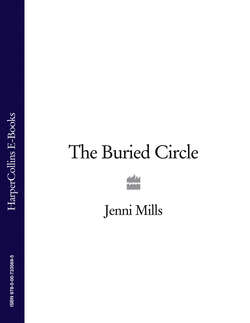Читать книгу The Buried Circle - Jenni Mills - Страница 12
PART TWO Imbolc
ОглавлениеLike all prehistoric landscapes, Avebury is as remarkable for what you can’t see as what you can. Apart from what Alexander Keiller started to reconstruct in the 1930s–a stone circle originally comprising about a hundred megaliths, some further stone settings within, the whole enclosed within a bank and a ditch, and the West Kennet avenue sweeping southwards from it–a number of other features in the landscape hint at what must have been a vast complex of monuments in the Neolithic period and the Bronze Age: long barrows, round barrows, and parch marks suggestive of other stone or timber circles, palisades and enclosures. A second avenue winds westwards, towards Beckhampton. A causewayed enclosure, one of the earliest types of Neolithic earthworks, sits atop Windmill Hill.
The past is a story we tell ourselves. There can be no certainties, only surmise. At the start of February, new-age pagans gather in the henge to celebrate the old Celtic festival of Imbolc. In the Middle Ages, people would have met in the village’s Anglo-Saxon church, St James’s, on the same date, and called it Candlemas. Both are festivals of light, of new beginnings: for Christians, Jesus lighting a candle in a dark world; for the pagan Celts a celebration of the first signs of spring penetrating the barren land, the first snowdrop, the first fat lamb suckling at its mother’s teat. Do the origins of such festivals go right back to the first farmers who built the stone circle?
Dr Martin Ekwall, A Turning Circle: The Ritual Year at Avebury, Hackpen Press
